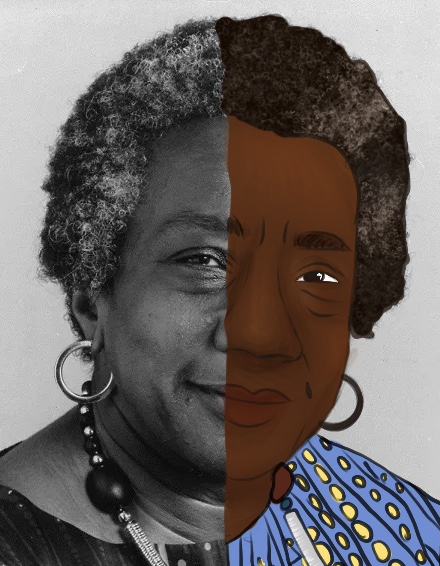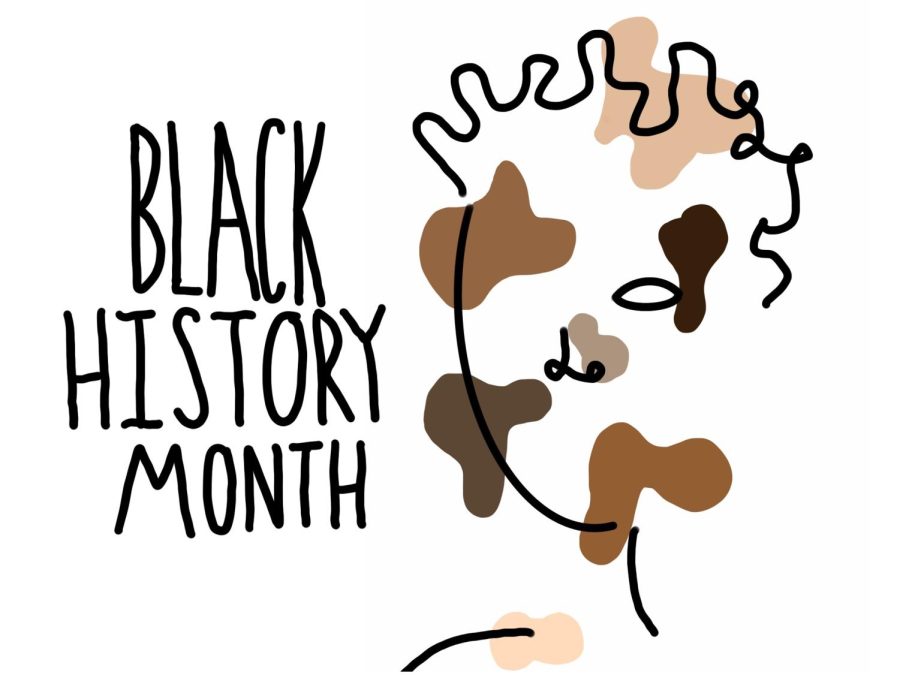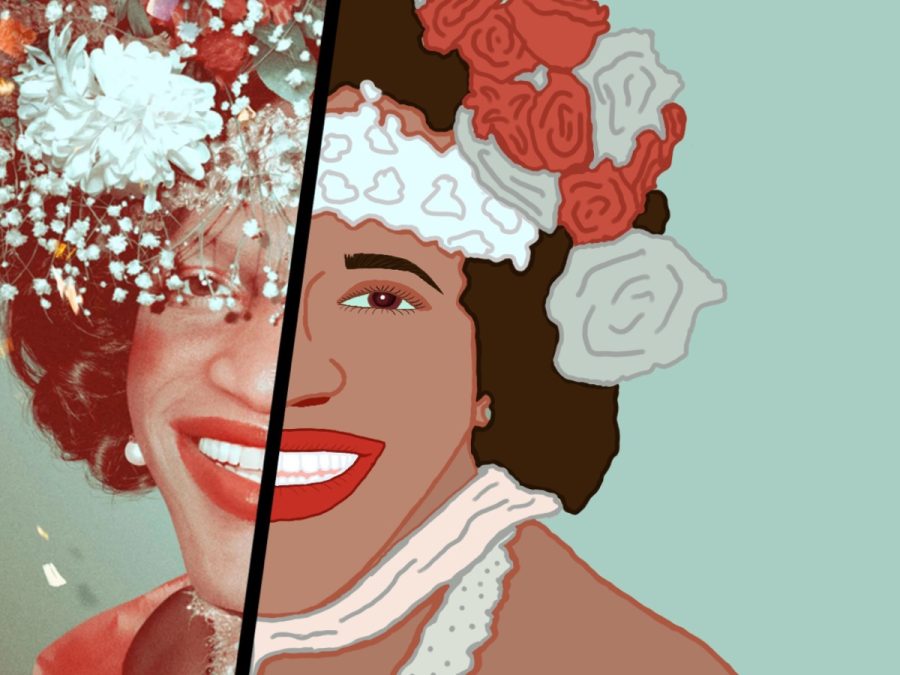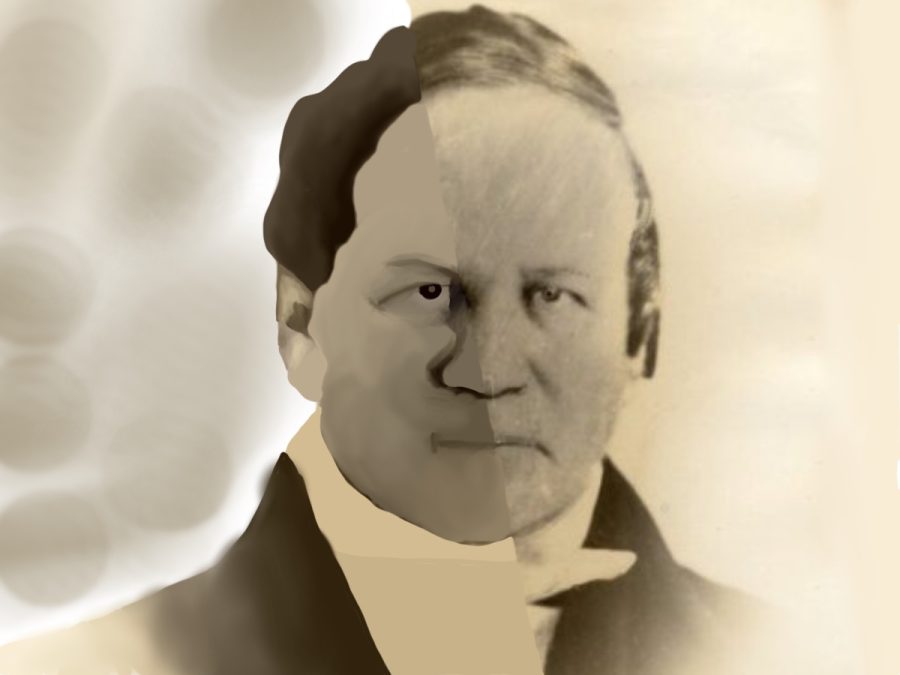Black History Month serves as a reminder that Black History is not solely confined to the fight for racial equality
March 2, 2022
Black History Month helps show students at Metea whom we have to thank for so many things in the world.
Black History Month is more than to educate others on Black pioneers in various fields. This month also had an important time of year to reflect on our nation’s complicated history surrounding race relations and representation.
Black History Month started out as “Negro History Week,” in 1926 and was sponsored by the Association for the Study of African American Life and History (ASALH). The second week of February was specifically chosen as it landed on Abraham Lincoln and Frederick Douglass’ birthdays. Eventually, the week’s festivities expanded into Black History Month, celebrated every February across the country before formally being recognized as Black History Month by President Gerald Ford in 1976.
Black History Month is an important reminder that Black history is American history. We have all been taught about historical figures like Martin Luther King Jr., Rosa Parks, and Malcolm X. These three people, while important people of American history, are not the only African Americans who have impacted this country through activism.
Marsha P. Johnson: The activist
Marsha P. Johnson wore many bright colors and fabrics in order to express herself as a transgeder woman and a drag queen.
One activist, Harvey Milk, whose voice was heard and respected over many others had good intentions of sticking up for the rights of the gay community. Milk however was not able to express his opinions and fight for the rights of Black lesbians, transgenders, and drag queens everywhere, yet Marsha P. Johnson was. Johnson used her activism and led hundreds of thousands of people in the fight for a better world for members of the lesbian and gay community.
Johnson stood out from others not only with her voice but also with her appearance. She would wear bright-colored clothing with flower headdresses expressing her identity as a transgender woman and a drag queen. Johnson walked around as if she did not care what others thought of her, only that they would listen and help her achieve rights for her community.
Police never did find out who threw that first brick into the bar starting the Stonewall riot, but what we do know is that Marsha P. Johnson was there to fight against that person who threw that brick because she believed that it was the right thing to do.
Dr. Valerie Thomas: The scientist
A Black professional who deserves to be disscued more is Dr. Valerie Thomas. She is an aerospace scientist and inventor who made several revolutionary contributions to the field of aerospace for NASA. In 1964, she was hired as a data analyst and by 1970 she began work on a project called Landsat that was launched in 1972. Landsat or Earth Resources Technology Satellite (ERTS) as it was primarily called, was the first satellite that observed Earth and studied landmasses.
Thomas managed the processing of Landsat’s images and wrote a book on how to process them because other scientists were having issues with it. She worked on the Large Area Crop Inventory Experiment (LACIE) project which was to see if Landsat’s images of test sites of wheat fields could be identified so that they could research wheat yield around the world. In 1980, she received a patent for her invention, the illusion transmitter. NASA still uses this device to produce three-dimensional images of the Earth today. Thomas’ hard work and dedication towards education brought her to where she is today.
Alexander Twilight: The education advocate
Alexander Twilight was a huge advocate for African Americans receiving education in the 1800s.
Alexander Twilight also valued his education. He was the first African American to graduate from an American college in 1823. He was born in Corinth, Vermont on September 23, 1725, to Mary and Ichabod Twilight. Twilight and his parents were of mixed race of African and English descent. He worked as an indentured servant on a farm from eight to 21 years old. Twilight attended Middlebury College in 1821 and graduated two years later in 1823 with a Bachelors degree.
During those years, Middlebury was a very small college with only four professors and four tutors teaching a student body of approximately 100 students. Twilight enjoyed another first in his life when he was the first American of African descent elected to serve in the Vermont general assembly in 1836.
He later became a minister, school teacher, and headmaster. He designed and raised money to build the first granite public building in Vermont, this building named Athenian Hall contained both classrooms and a dormitory. Twilight died on June 19, 1857, and is buried in Brownington. Today, there is a free academic program called the Alexander Twilight Academy that provides Boston area students from under-resourced backgrounds with high-quality education and real-life opportunities. It is named after the first African American to graduate in the United States.
Percy Lavon Julian: The chemist and entrepreneur
Percy Lavon Julian was an American research chemist for medical drugs and plants trailblazing the way for Black scientists everywhere.
Another person who required a copious amount of education was Percy Lavon Julian. He was a chemist and entrepreneur. Julian was born in Montgomery, Alabama. he was the son of a railway mail clerk and the grandson of enslaved African Americans. Julian studied at DePauw University Greencastle, Indiana, and majored in chemistry and graduated as valedictorian of his class. Julian then taught at Fisk University for two years before transferring to Harvard University.
He later began studies on the chemistry of medical plants, and with the help of his Viennese colleague, Josef Pikl, he created the first total synthesis of physostigmine. Physostigmine was a part of the Calabar bean, used to treat glaucoma in the late 19th century. Julian also found medical uses for steroid stigmasterol from his earlier experiments of synthesizing physostigmine. With this Julian discovered that this by-product synthesizes sex hormones, such as progesterone which helps pregnant women avoid miscarriage.
Julian was a notable figure in synthesizing cortisone, which helped with rheumatoid arthritis. He could make hydrocortisone products, which later became more commonly prescribed by doctors than cortisone products. In 1954, Julian founded Julian Laboratories in Franklin Park, Illinois, and Mexico City. He was very active in improving conditions for African Americans and helped create the Legal Defense and Educational Fund of Chicago.
Vinnette Justine Carroll: The director

Vinnette Justine Carroll directed her first play in 1972, titled “Don’t Bother Me, I Can’t Cope.” This pathed the way for Black people to be a part of the Broadway community.
Although education is a very important part of Black history, music is also an integral part. Vinnette Justine Carroll was the first African American woman to direct on Broadway and the only Tony-nominated African American woman in the directing category, who was behind several productions that went to Broadway.
Carroll was born in New York City on March 11, 1922, to her parents Florence and Edgar Carroll. Just at 3 years old her family moved to Jamaica and that is where she spent most of her childhood. In 1956, Carroll made her Broadway debut at the Falmouth Playhouse in the revival of a Streetcar Named Desire. She won an Obie Award for her role in Rainbow Shawl by Errol John Moon in 1962 and received an Emmy for supervising the TV program Beyond the Blue in 1964.
She also founded an organization that supports minority performers in all theatrical categories in New York City called the Urban Arts Corps in 1967 and later renamed the Urban Arts Theater in 1980. She continued to make her mark in American theater history by becoming the first African American woman to direct a Broadway production at the Playhouse Theater called Don’t Bother Me, I Can’t Cope in 1972. Later in Carroll Repertory Company in Fort Lauderdale, which was also built in Carroll Honor.
Patrick Kelly: The designer
Some musicians get a stylist for their big debut. Patrick Kelly was a designer who combined racial issues with his fashion while keeping up with the trends of the 1980s. He had the intention of making fashion a safe space for Black women to express themselves since the fashion industry deeply lacked diversity. Kelly also was openly and unapologetically gay which brought in represention for the LGBTQIA+ community. While Kelly did face criticism for bringing up race in fashion, he stuck to his craft and became such an influential designer during his time.
Bryan Stevenson: The lawyer

Bryan Stevenson is the twenty-first person from the United States to win the Right Livelihood Award in 2020.
Bryan Stevenson’s career was not in music or design but in law. His career pioneered a defense for those incarcerated and chastised by society. Stevenson portrays this story in his autobiography and a major motion picture, starring Michael B. Jordan, Just Mercy.
After graduating from Harvard, Stevenson headed to Alabama to defend the wrongly condemned or those not afforded proper representation. In his fourth year working for the Southern Prisoners Defense Committee (SPDC), he is assigned Walter McMillian’s case. McMillian is on death row in Alabama, where Stevenson often works because the State lacks a public defender.
McMillian started a prosperous lumber business in the 1970s despite lacking a formal education. His business caused suspicion among the white community. He had an affair with a younger, soon-to-be-divorced white woman named Karen Kelly in 1986. Their relationship led to a child custody battle between Kelly and her husband, in which McMillian testified. His reputation suffered from his involvement with Kelly. At the time, southern states voiced extreme disapproval for interracial relationships.
After McMillian’s court appearance, a white college student, Ronda Morrison, was murdered, and police could not determine the perpetrator. Ralph Myers, an ex-criminal, made a statement to police that he, McMillian, and Kelly killed Morrison. There was extreme pressure to close Morrison’s case. Even though Myers did not know McMillian and there was no evidence that McMillian was involved in any murders, the police accepted Myers’ story.
Since Myers’ story about the events surrounding Ronda Morrison’s murder made little sense, law officers found Bill Hooks, a jailhouse informant. Hooks corroborated McMillian’s involvement by saying he saw McMillian’s truck at the location of Morrison’s murder. Law enforcement finally charged Walter even though he had an alibi on the day of the murder: He spent that day at his home with family and neighbors.
Myers and McMillian were placed in pretrial detention on death row, an illegal move.
Stevenson receives a call from Ralph Myers asking him to visit. Myers admits that he lied about McMillian’s role in Ronda Morrison’s death. Myers also noted that numerous law enforcement officials coerced him into giving false testimony. Myers says this in a trial under oath, perjuring his previous testimonies.
Alabama District Attorney Tom Chapman dismisses the idea that racial bias played any role in McMillian’s prosecution. Stevenson later finds out that Chapman ordered a new investigation into Ronda Morrison’s murder. Agents from the Alabama Bureau of Investigations determined that Walter had nothing to do with her death. Stevenson and the Alabama Bureau of Investigations learn that they identified the same suspect as Ronda Morrison’s real murderer.
Stevenson calls District Attorney Chapman. Stevenson says that he will file a motion to dismiss all charges against McMillian, which the state joins. The court dismisses all charges against McMillian, and he walks free.
McMillian is one of 135 wrongfully convicted prisoners that Stevenson and his team have gotten released from prison. Stevenson and his team, the Equal Justice Initiative, have also garnered relief for hundreds more of the wrongfully convicted or unfairly sentenced.
With his story out for the world to share, Stevenson praises one of his messages:
“The true measure of our character is how we treat the poor, the disfavored, the accused, the incarcerated, and the condemned.”
What does Black History Month serve as?
Black History Month serves as an opportunity to showcase trailblazers in America, limiting Black History Month to the ideas involving the civil rights movement and the fight for equality diminishes the role and importance of Black people in America. The fight for equality spans centuries and continues to be an important fight for Black Americans today. Although figures such as Rosa Parks, Martin Luther King Jr., and Malcolm X are important contributors to Black History Month, they are not the only figures that society should learn, discuss, and be educated on.
Black History Month is the celebration of the importance of Black America beyond just the civil rights movement or slavery. Black History Month pays homage to a severely underrepresented demographic in America. The misconception that Black history is confined to the fight for equality is exactly why America still needs Black History Month. This should be used as a stepping stone to greater education on Black America now and in the future.
Every single person in the Black community should not only be treated equally because the law says to but because of the hard work and dedication each person goes into making their history. People should not stop celebrating Black History Month after February ends but continue it every day to teach more and more people about those who were not able to have their voices heard while alive. To keep those who are alive’s voices amplified. To appreciate all of the achievements accomplished throughout history. Every single person big or small, young or old makes their history in America. Black history is American history.



